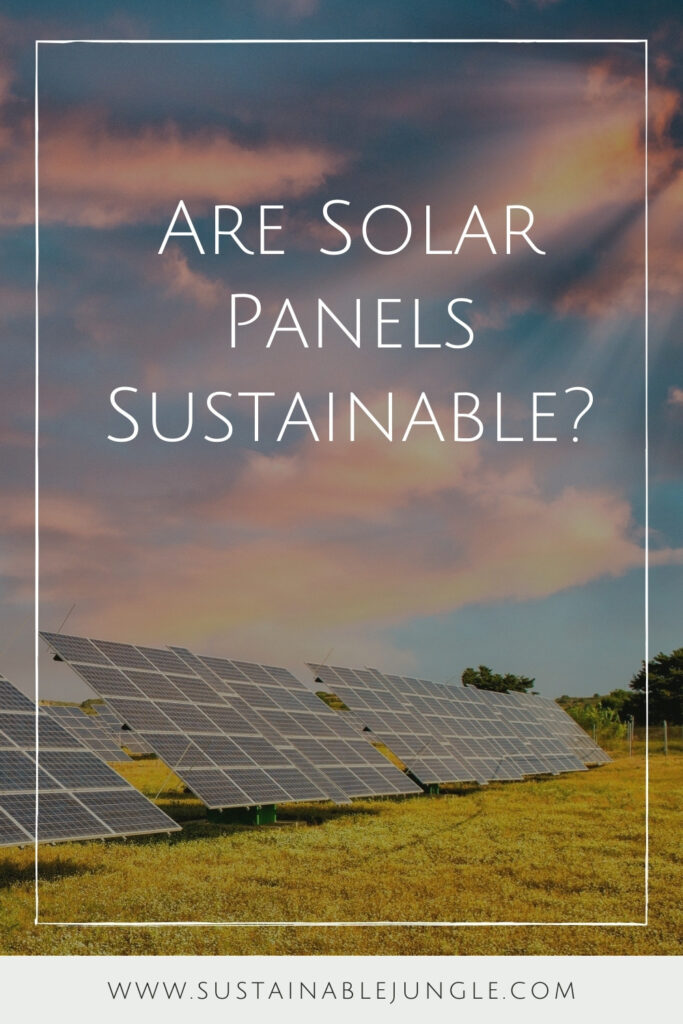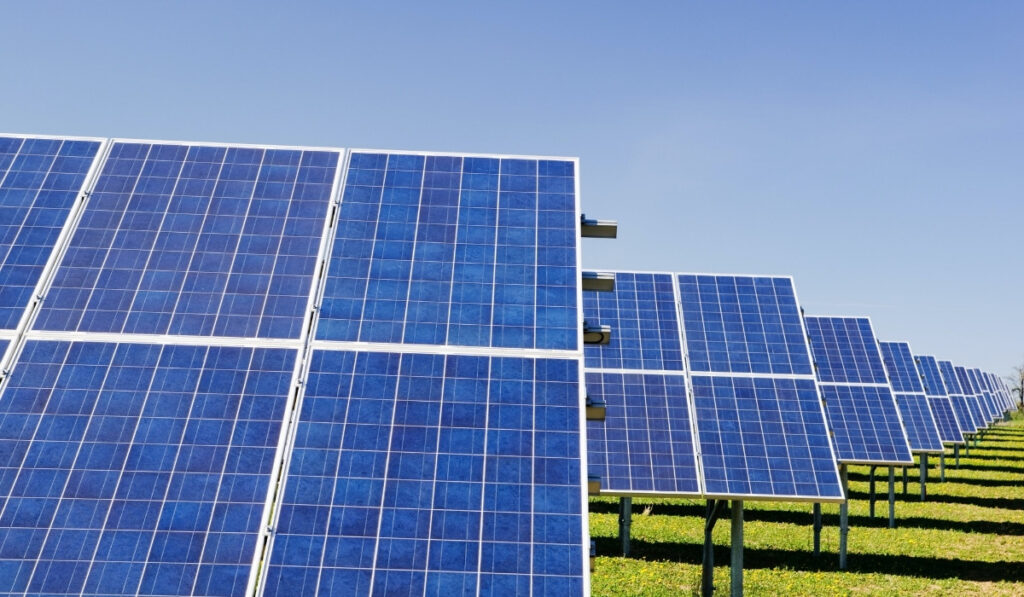
Are Solar Panels Sustainable? And If So How Eco Friendly Are They?
Are solar panels sustainable?
On the face of it, they seem like the perfect clean energy solution.
The sun is a universally available source of renewable energy. Solar panels harness that energy and turn it into electricity all without emitting a single greenhouse gas in the process.
Dig a little deeper however and the water (err…sky?) gets a bit murkier.
As with any product, we need to look at the whole lifecycle to adequately tackle that question. From raw material sourcing, manufacturing, operating, to finally end of life disposal/recycling.
Photovoltaic cells, AKA solar panels, are touted as a sustainable technology—but, just how environmentally friendly are solar panels, really?
Forget ray-blocking gray clouds; we’re here to shine a light on the gray areas surrounding the sustainability of solar panels.
So put on your eco friendly sunglasses and let’s take a look at the solar panel sustainability facts that matter.
QUICK LINKS FOR ARE SOLAR PANELS SUSTAINABLE?
1. HOW SUSTAINABLE ARE SOLAR PANELS?
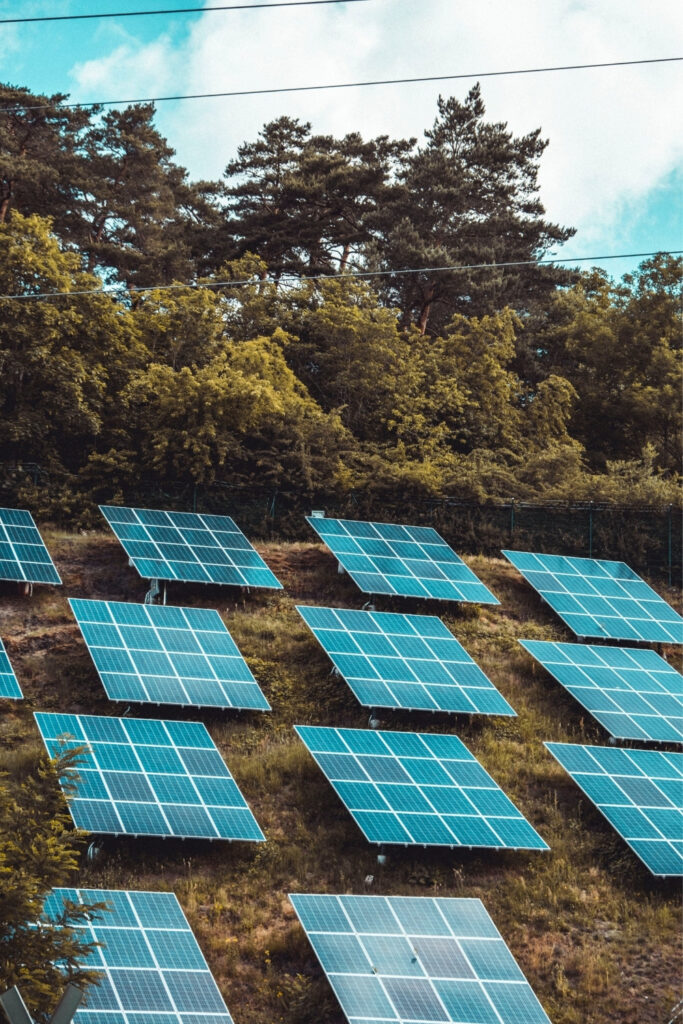
As with most sustainability related topics, things are rarely black and white.
When looking at the sustainability of solar energy we need to consider a bunch of factors to properly assess its merits as renewable energy solution.
The main issues with photovoltaic (PV) cells concern sourcing raw materials, energy use during mining, manufacturing, and transporting, hazardous chemicals used in production, and the amount of e-waste generated.
Before we illuminate these issues, let’s start with the pro-column.
2. THE BENEFITS OF SOLAR PANELS
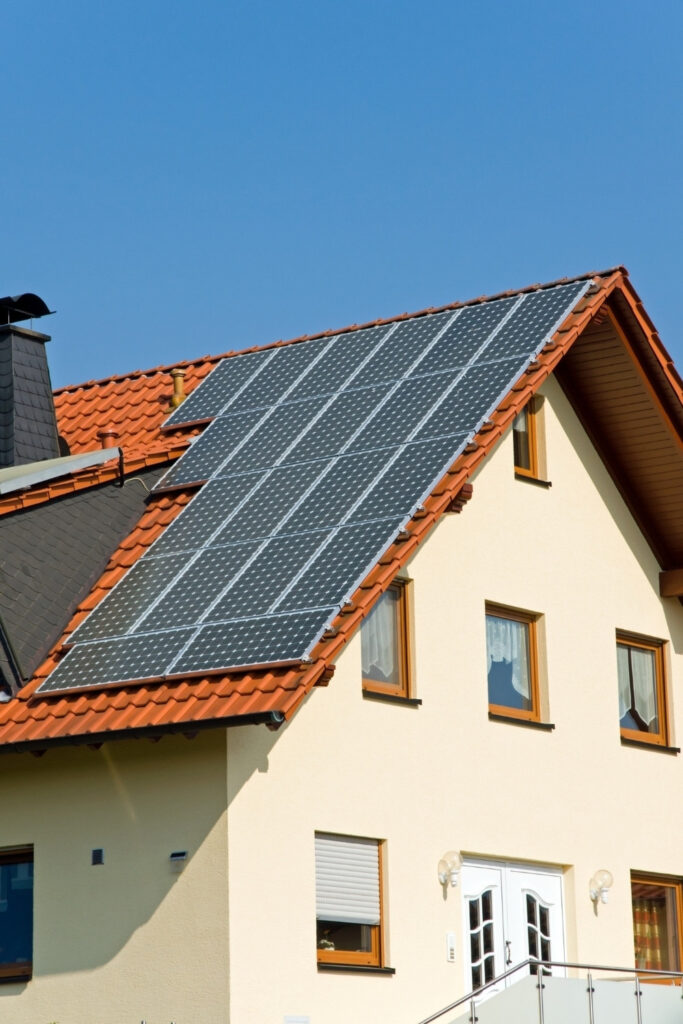
On the sunny side, there are plenty of reasons for answering – why are solar panels sustainable? – in the affirmative.
Clean Energy
Not exactly a ‘news-flash’, but as you know, solar panels reduce our reliance on fossil fuels.
As well as being a finite resource that cannot match our growing demand, burning fossil fuels for energy releases CO2 and particulate matter into the atmosphere.
Nuclear energy produces highly toxic waste which needs to be safely stored.
When solar panels are in operation, they create zero emissions and zero toxic waste. Although there is the disposal of materials at the end-of-life stage, which we’ll look at later.
Lower Carbon Footprint
Solar (along with wind and nuclear) has a tiny carbon footprint compared to other forms of energy.
Green energy sources like solar panels have an estimated carbon footprint of 4.5 – 48 grams of CO2 equivalent per kWh of electricity produced.
Now compare this to natural gas and coal that emit 0.6 – 2 pounds and 1.4 – 3.6 pounds of CO2, respectively, to generate the same kWh of energy.
In the UK, an average solar panel system could save the individual up to one ton of carbon output per year.
Energy Payback
Solar panels pay for themselves after a short period.
This is both in terms of carbon emissions (offsetting the carbon emissions created by their manufacturing and transport) and energy consumption (the amount of energy they produce relative to the amount of energy used in their creation).
Working out exactly when payback is reached is the tricky part.
There are many variables involved including the amount of sunshine, UV index, the efficiency of different types of solar panels, and different manufacturing methods which use varying degrees of energy and produce varying amounts of CO2.
According to The Renewable Energy Hub in the UK, an average solar panel will reduce CO2 emissions by over 900kg annually.
Which works out to roughly a 1.6-year carbon payback period!
Even in regions where less than 550kWh per m2 of sunshine is received (like the Northern UK and areas of the US Pacific Northwest), the average solar panel only takes around 6 years to recover its energy cost.
As manufacturing and installation processes become more and more efficient, the payback period will get shorter.
Energy Independence
Solar panels have the potential to level the energy playing field both on a national level and, because they can be installed on individual homes, on an individual and community level too.
In one of our podcast episodes with Selco India’s founder, Harish Hande, we learned about how decentralized solar power can help empower Indian communities.
These benefits make it easy to see why solar panels are sustainable.
3. WHY SOLAR PANELS ARE NOT SUSTAINABLE
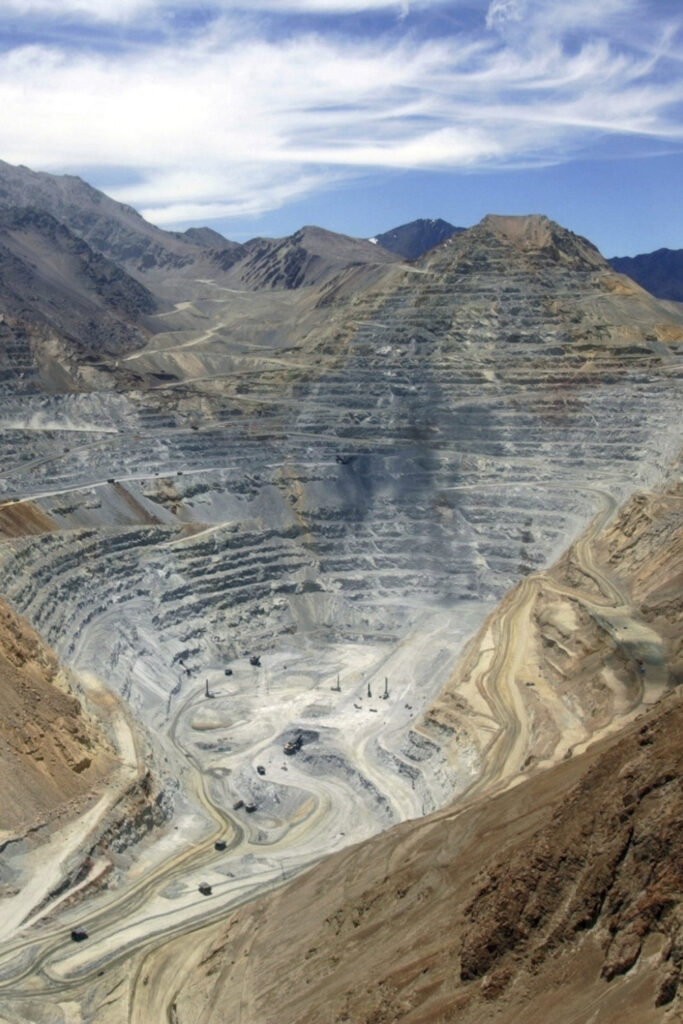
Unfortunately, it’s not all sunshine and rainbows and there are several reasons why solar panels are not environmentally friendly, or at least not as environmentally friendly and sustainable as they could be.
Why are solar panels bad for the environment?
Let’s find out.
Sourcing of Solar Panel Materials
The production of solar panels requires the mining of raw materials, particularly quartz.
Quartz is necessary for PV cells and it’s currently not possible to reuse the quartz, although there is research underway looking into the possibilities.
Aluminum, copper, and silver are also mined, and a significant amount of glass must be created from sand.
That means more virgin materials unless recycled sources are used—and they rarely are. Some companies claim to use about 20% recycled metal and glass, which is a far cry from the circularity solar panel production needed to be truly sustainable.
Then there’s the infamous cobalt and lithium which batteries require. Cobalt mining in particular has been associated with child labor.
Given the harmful environmental and social practices associated with mining, this is one area where solar panel production raises warranted concerns.
Transporting Materials
These individual materials then have to be transported from various locations around the world increasing the overall carbon footprint of production.
Seven of the top ten solar panel manufacturers are based in China, whereas the majority of the world’s cobalt comes from Africa (specifically the Democratic Republic of the Congo). That’s a long voyage from the DRC.
And this is just one of the many heavy materials that must cross the globe for solar panels to come together.
High Energy Use
The quartz used in solar panels needs to be heated to high temperatures, requiring large amounts of energy.
Depending on where solar panels are made, there may be a considerable amount of fossil fuels burned during their manufacturing.
Again, China is the main producer of solar panels and around 64% of China’s electricity is generated from coal.
Chemicals Required for Solar Panel Manufacture
Solar panel manufacturing requires the use of chemicals—such as cadmium, hydrochloric acid, and the GHGs nitrogen trifluoride and sulfur hexafluoride.
These may or may not be disposed of properly depending on the manufacturer and national legislation.
However, it’s worth noting that solar panel emissions are heavily frontloaded. Once a solar panel is made and transported it can produce emission-free energy for its lifetime (approximately 25 years).
Worker and Human Rights Issues
As with any complex production supply chain, there are risks of unsafe and unfair working environments.
To address this, entire supply chains must be traced and monitored from the raw materials level through to the final assembly.
SolarPower Europe, for example, is in the process of creating a Supply Chain Monitoring Programme to monitor the social and environmental impacts of solar panel production.
Programs like these are essential for ensuring the welfare of workers.
Land Use required for Solar Panels
Another solar panel concern relates to clearing large areas of land for the siting of ground-based solar farms and the negative effects this has on wildlife and biodiversity.
And let’s be honest: miles of panels are admittedly an eye-sore when they’re detracting from the natural beauty of the otherwise undeveloped spaces in which they typically exist.
On a brighter note, solar panels can be sited anywhere and regulations could make sure that they are either sited on unproductive/contaminated land or on vertical structures like rooftops.
End of Life and Recycling of Solar Panels
The issue of how to dispose of old electronics is a big one.
Solar panels are a relatively new invention but in the coming decades, there are going to be a lot of used solar panels to deal with, especially since the current lifespan is only about 25 years.
The International Renewable Energy Agency (IRENA) predicts a colossal 78 million tons of solar panel waste by 2050.
As solar panels are decommissioned, or break during use, what happens to them?
That depends on what country you live in.
At the moment, only European manufacturers are legally obliged to collect and recycle used solar panels.
In the US, only about 10% of solar panels are currently recycled. There aren’t any legal requirements for recycling and it’s currently cheaper to dispose of them along with regular e-waste—which already amounts to a global 45 million metric tons per year.
In January 2022, China launched its first pilot program for recycling polycrystalline silicon (another crucial component of solar cells).
However, there’s a huge gap between the amount of waste the country is about to see and the recycling infrastructure to deal with it.
E-waste recycling that isn’t properly controlled and monitored can have a detrimental impact on the environment and on human health, including that of children and expectant mothers.
It’s an area that could make or break the sustainability of solar energy.
4. THE FUTURE OF SOLAR PANELS
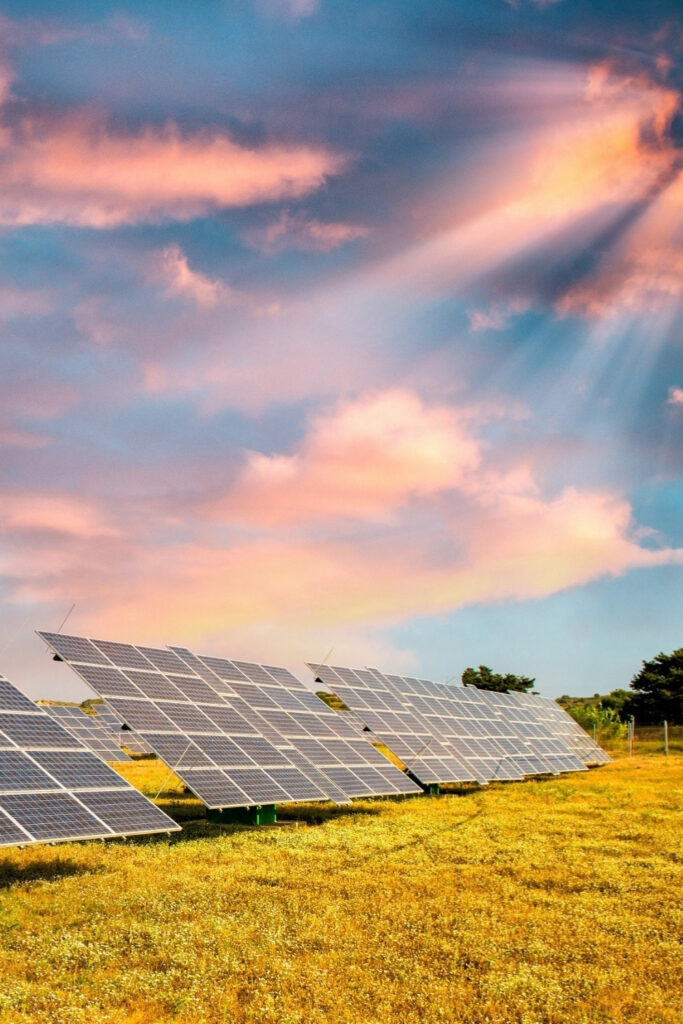
The above issues highlight that the sustainability of solar panels isn’t as clear as daylight.
As with all new green innovations and technologies, these are early days but the good news is that there are companies who are committed to making solar panels even more sustainable, like these portable solar panel brands.
Technological advances will no doubt curb problematic issues like pollution, efficiency, and recycling.
Cleaner Manufacturing
Alternative manufacturing methods can be developed to ensure a lower environmental impact.
This largely relies on using greater percentages of recycled materials rather than necessitating the need for mining so many virgin ones.
Increased Solar Panel Efficiency
As technology develops, solar panels will become more efficient, shortening their energy payback period and extending their useful life.
Large-scale Solar Panel Recycling Facilities
Economics of scale will come into play as more and more solar panels reach their end of life and bigger, more efficient recycling can take place.
Recycling solar cell components can help cut GHG emissions by up to 42% and organizations such as Recycle Solar and Veolia are already making a difference.
The ultimate aim is to develop a circular economy for solar power.
When will solar panels be sustainable?
Some would argue they already are, at least in comparison to the fossil fuels they’re attempting to replace.
As for when solar panels will be inarguably sustainable, is unknown. But with various developments in the pipeline, the future’s looking brighter.
FINAL THOUGHTS ON WHETHER SOLAR PANELS ARE ENVIRONMENTALLY FRIENDLY
So, are solar panels eco friendly?
Yes and no. Solar panels certainly aren’t perfect.
But the more important question is: how sustainable are solar panels compared to other forms of energy?
We can safely say that they are a cleaner, greener alternative to fossil fuels.
They already offer a much better solution to our energy needs and one whose benefits will continue to improve if we can keep the sustainability of solar energy firmly on the energy-agenda.
